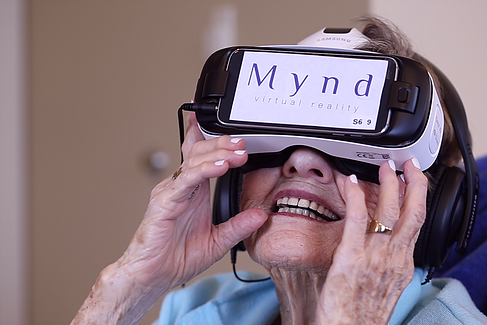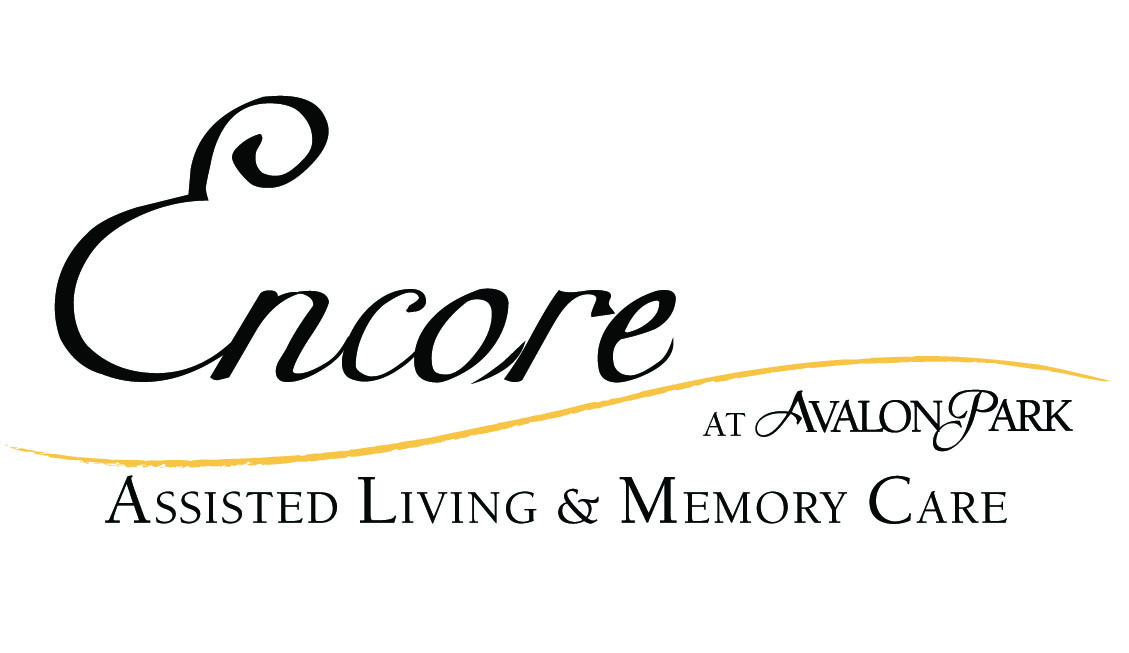
Other Therapies
Non-pharmacological Interventions
1. Animal Assisted Therapy
2. Aromatherapy
3. Art Therapy – Art’s the Spark
4. Cognitive-Behavioral Therapy
5. Doll Therapy
6. Horticulture Therapy
7. Massage Therapy
8. Music Therapy – “Songbird,” Happy Hour
9. Assistive equipment/technology
1. Animal Assisted Therapy
In Animal Assisted Therapy, also called Pet Therapy, a therapist will use a trained therapy pet, such as a dog. Through one-on-one or group settings, the therapist and therapy pet connect with patients, evoking strong emotional responses. The result of this emotional connection improves quality of life and increases the patient’s willingness to participate in social interactions.
Benefits: Improved mood, improved quality of life, increased social interactions, decreased feelings of anxiety or depression.
2. Aromatherapy
Aromatherapy is a form of therapy based on one’s sense of smell. Fragrant substances are heated to produce different aromas which will produce varying effects in patients. Several common goals of aromatherapy are: relaxation, stress reduction, sleep, and nostalgia.
Benefits: Improved mood, improved behavior, improved quality of life, regulate sleep patterns.
3. Art Therapy
Art Therapy is a form of therapy which connects with a patient’s visual memory and imagination. Art Therapy can include interactive activities, such as guided painting, or coloring black and white pictures; or it can include a simple art viewing, with art intended to stimulate the mind or emotions.
Benefits: Improved behavior, improved quality of life, increased social interaction.
4. Cognitive-Behavioral Therapy
This type of therapy includes a one-on-one discussion with a trained therapist. The main objective of this type of therapy is to identify and alter problematic behaviors. In sessions, therapists may teach patients new methods of coping with overwhelming or unexpected thoughts and emotions.
Benefits: Improved behavior, improved quality of life, increased social interaction.
5. Doll Therapy
Doll Therapy involves the use of dolls to connect with patients with dementia. Therapy dolls are typically life-like to remind patients of their own children, eliciting positive emotions. While Doll Therapy is still a controversial therapy, advocates argue it can reduce agitation, improve depression, and reduce the need for medications.
Benefits: Improved mood, improved behavior, increased verbal skills, decreased feelings of anxiety or depression, decreased feelings of loneliness or boredom.
6. Horticulture Therapy
Also called Garden Therapy, Horticulture Therapy uses gardening as a path to wellness. Studies show, spending time outside, with nature, carries substantial health benefits. Horticulture Therapy can be highly interactive, such as planting seeds, raising seedlings, and harvesting plants. Or it can be non-interactive, such as simply viewing a garden.
Benefits: Improved mood, improved quality of life, increased mental and physical rehabilitation, increased social interaction, increased sensory stimulation, increase self-directed action.
7. Massage Therapy
Massage Therapy uses physical contact to produce multiple benefits. One aim of Massage Therapy is to relax muscles and stimulate blood flow. Massage Therapy can also create an emotional connection, improving the patient’s self-esteem.
Benefits: Improved mood, improved behavior, improved quality of life, increased social interaction, decreased feelings of anxiety or depression, decreased feelings of loneliness or boredom.
8. Music Therapy
Music Therapy aims to improve quality of life through live music. Music Therapy can be highly interactive, wherein patients play different instruments, and sing along. Or, it can be less interactive, when patients simply listen to familiar songs; this less interactive type of Music Therapy still carries important benefits.
Benefits: Improved mood, improved behavior, improved quality of life, increased social interaction, decreased feelings of anxiety or depression, decreased feelings of loneliness or boredom.
9. Assistive Equipment or Technology
In today’s technologically advanced society, there are consistently new medical interventions, requiring less pharmaceuticals. Included in this are special technologies which provide higher levels of self-care for impaired persons. Examples include self-balancing utensils for patients with tremors, electric stimulation watches for patients with tremors, integrated electronic and tactile fabrics, and more.
Benefits: Improved self-esteem, improved self-care, increased social interaction.

